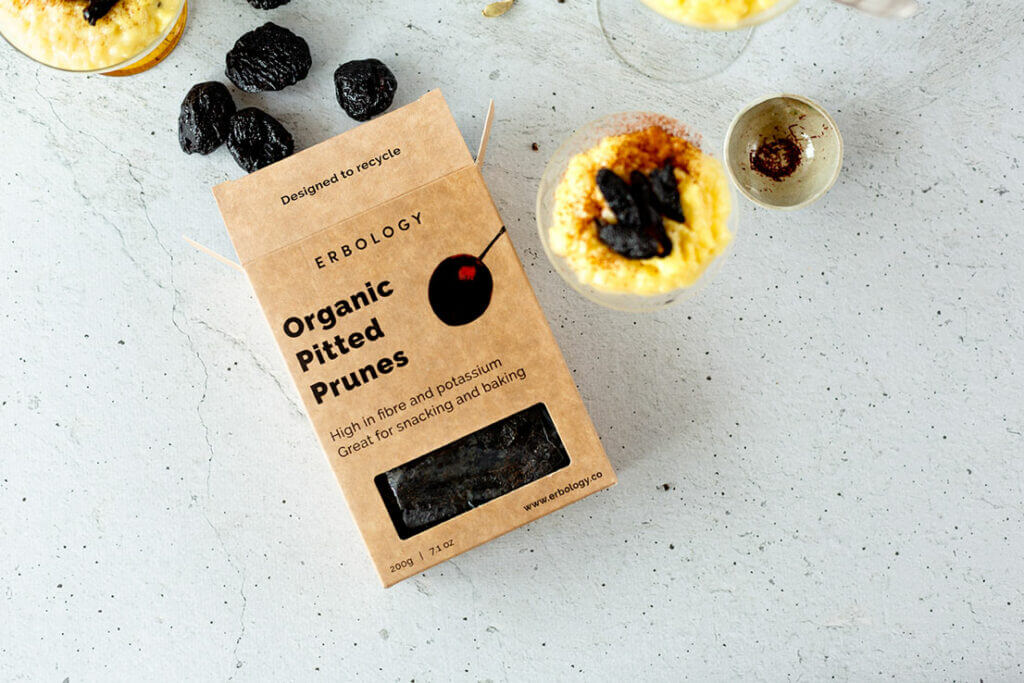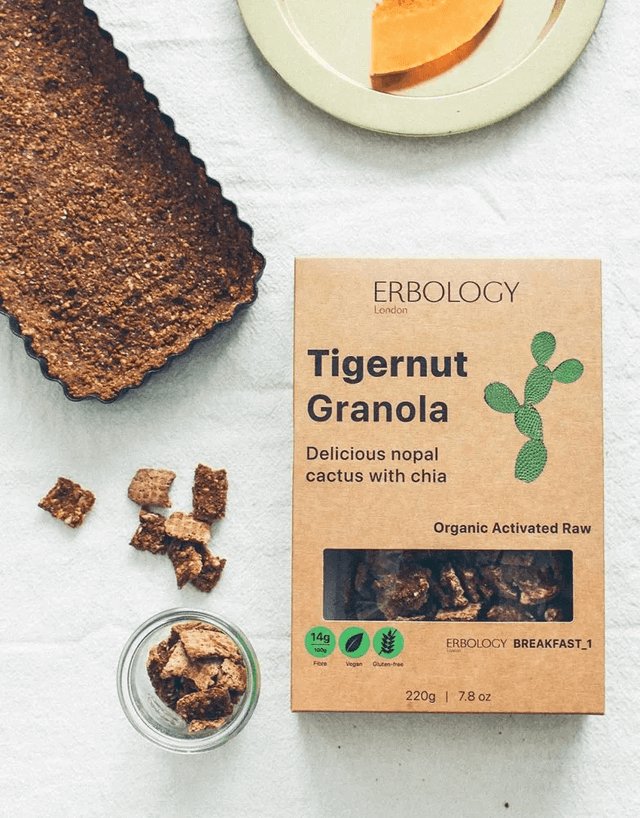16 Nov 2020
Prune health benefits: 5 reasons to add prunes to your diet
What are prunes?
Prunes are, very simply, plums which have been dried without fermentation. You can make a prune from any type of plum, but the most common is the European Plum.
Traditionally, the plums were sun-dried or air dried, but nowadays they’re generally dried in electric dehumidifiers. This is so the temperature and conditions can be carefully controlled, producing the best quality prunes.
We’ve been making use of plums and prunes for an incredibly long time. For those interested in a full timeline of the journey of the prune, we can’t recommend the International Prune Association’s extensive history more highly. We’ve taken a few select highlights here.
Prunes in antiquity
Prunes make their first appearance during the Neolithic period (5000 - 2500 BC). Kernels of hybridised plums and signs of plum cultivation dating back to this period have been discovered in the Euphrates basin in western Asia.
By 2500 BC, around the time the Ancient Egyptians were building the great pyramids, prunes had made their way to Switzerland. Two hundred years later, while the sack of Troy was going on, they’d reached as far as the alps and south-west France.
In 300 BC, plum trees arrive in Japan; a gift to the emperor from Chinese monks. The Japanese word for plums (‘ume’) is invented.
The Ancient Greeks, including Pliny the Elder, write about prunes extensively and include them as ingredients in their remedies.
The modern prune
Fast-forward to 900 AD, and the Salerno School has perfected their method of drying Damascus plums to make prunes. Around 1250, during the 7th crusade, the first ‘study’ into the health effects of prunes is written by Master Aldebrandini, of the Siena School of Medicine and Pharmacy.
But it’s during the 1600s that prunes really take off.
By now, entrepreneurial farmers in the port town of Agen in France have recognised the potential of these rich dried plums. So much so, that they found the Agen Guild of Prune Merchants, and their town becomes famous for its prunes. Production peaks around 1815, coinciding with the Battle of Waterloo.
In 1834, the prune arrives in California. A year before Alexander Fleming invents penicillin, the world’s first Prune Trade Congress is held. And, a year after Neil Armstrong lands on the moon, the first ever Prune Festival takes place in Yuba, California.(1)
All this to show that our relationship with prunes has been going on for quite some time. And, given that they have their own international association and yearly festival, there must be something quite special about them!
So, why have we been eating prunes for thousands of years, and what are the prune health benefits that promise to help with our wellbeing?

Prunes help with digestion
As it turns out, your grandmother was right. Eating prunes every day will help you ‘keep you regular’.
This is primarily because they’re high in fibre, which helps keep things moving in your digestive tract. Along with their natural sorbitol (a sugar alcohol) and phenolic content, the high fibre content in prunes accounts for their mild laxative effect.(2)
Prunes contain about half soluble and half insoluble dietary fibre.(3)
What's the difference between soluble and insoluble fibre?
Insoluble fibre is probably what you think of when you hear ‘fibre’. It’s usually the tougher, indigestible parts of foods like whole grains and vegetables. It also adds bulk to the matter moving through your bowels, which makes it easier to pass and helps prevent constipation.
Meanwhile, soluble fibre attracts water and forms a gel-like substance in your gut. It softens your stool so that it moves through your digestive tract more easily. However, it also brings additional benefits, such as binding to molecules of sugar and cholesterol to slow or even prevent their absorption into your bloodstream.
What’s more, soluble fibre increases the numbers of good bacteria living in your gut.(4)
In essence, both soluble and insoluble fibre are good for you, and will help keep your digestive system in good working order. Prunes supply both, and a high proportion of fibre overall, so they’ll keep your gut happy and healthy.
